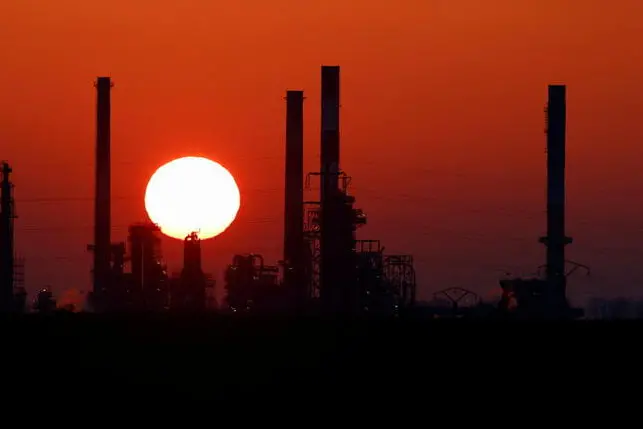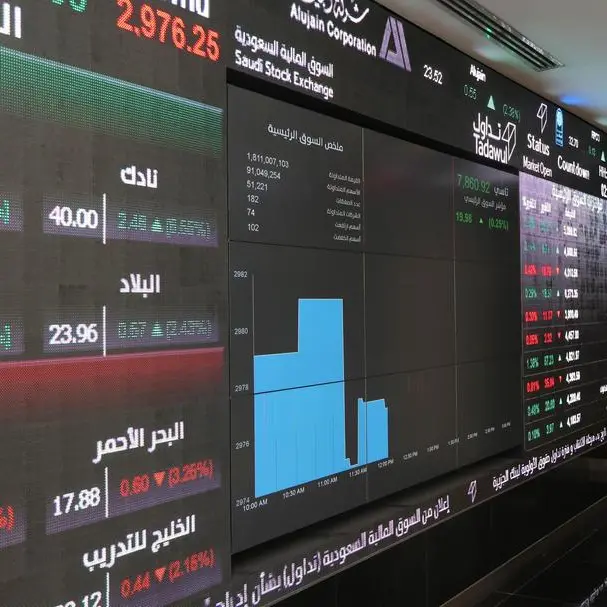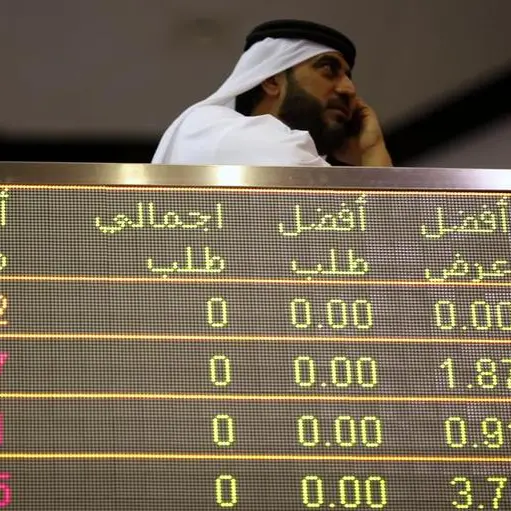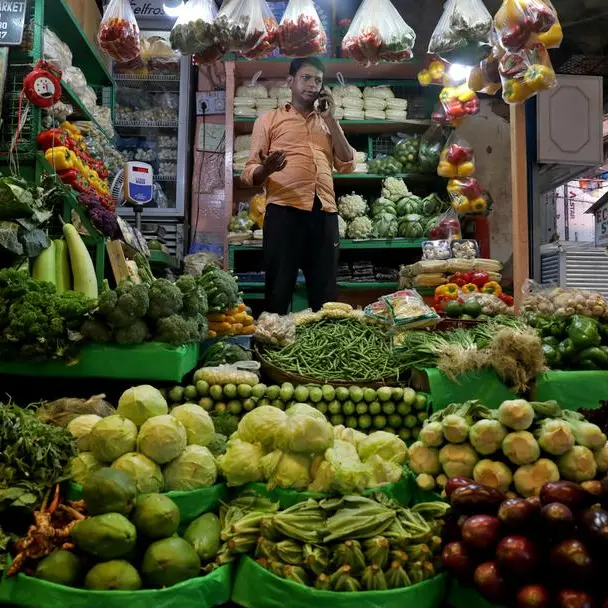PHOTO
Oil producing group Opec+ is expected to increase crude production by up to 750,000 barrels per day during its meeting this week, say analysts.
The 13-member group pumped 24.89 million barrels per day (bpd) in February, down 870,000 bpd from January. This is the first monthly decline since June 2020.
Analysts also see demand rebounding sharply this year in line with International Energy Agency (IEA) projections of a recovery of 5.4 million bpd year-on-year basis this year compared to 8.7 million bpd drop in 2020.
“We expect Opec+ to increase group oil output by 500,000 to 750,000 bpd compared to official February and March target levels, starting from April,” said Monica Malik, chief economist at Abu Dhabi Commercial Bank.
She said the reduction in inventories and expected demand pickup due to the vaccination programmes provide fundamental space to increase output.
“A further strengthening in the oil price could dampen the global recovery trajectory,” she added.
Opec and its non-Opec partnering countries will meet on Thursday, March 4, to decide on the output policy for April. On Tuesday afternoon, WTI crude was marginally down by 0.03 per cent to $60.62 and Brent at $63.59 per barrel, down 0.16 per cent. Oil futures have gained more than 25 per cent so far this year.
Edward Bell, senior director for market economics at Emirates NBD Research, believes that Opec+ has room to moderately increase production from Q2 2021 without causing a cataclysmic sell-off like the market experienced in Q2 2020.
“As ever, the discussion will focus on the level of output to return to markets and how it will be allocated. We will evaluate any changes to our market balances and price assumptions in response to any decision that comes out of Opec+ this week,” added Bell.
Ample additional supply
Bell added that among the core Opec producers who have withheld output there is nearly 6 million bpd of production capacity that is currently being held on the sidelines, the largest share of which is in Saudi Arabia. But if Venezuela’s capacity, which is being hindered by sanctions, is also added, then total capacity of Opec goes up to 9 million bpd.
“Opec, including Iran and Venezuela, is producing at 75 per cent of its total capacity. We acknowledge that getting Iranian and Venezuelan oil back into the market would be more challenging than other producers given geopolitical considerations but nevertheless, the capacity is there to act as a buffer against any price spike,” he added.
Monica Malik also expects Saudi Arabia to announce an end to its voluntary production cuts of 1.0 million bpd set for February and March, due to the tightening in physical oil market conditions and the rise in the Brent crude price.
Copyright © 2021 Khaleej Times. All Rights Reserved. Provided by SyndiGate Media Inc. (Syndigate.info).












